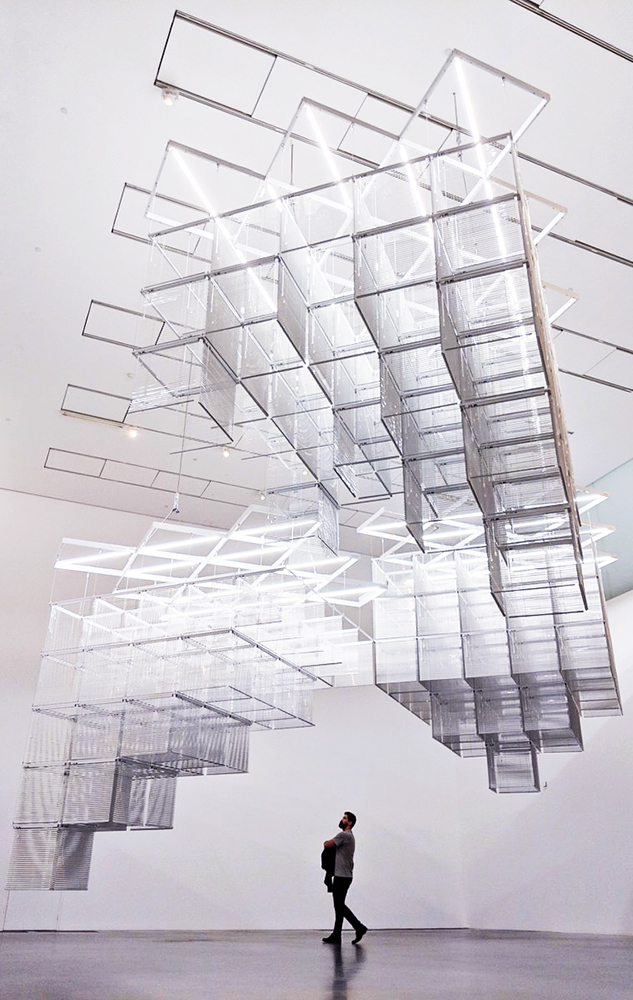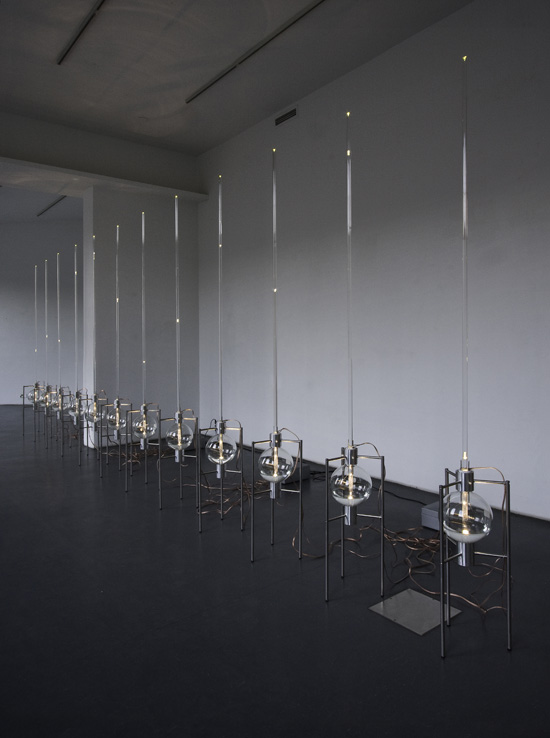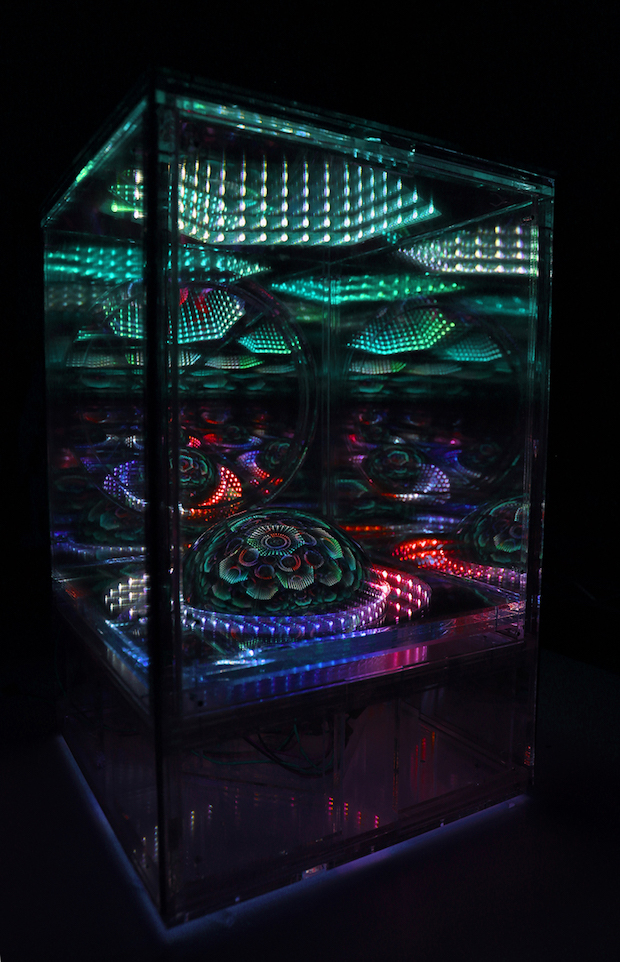
JONATHAN SCHIPPER
Slow room
To bring a life form to a singular lack of motion is to kill it. Museums are repositories of the past. Ideas that lived outside are rendered dead in the careful buildings. Just as dead as the grizzly in the diorama at the Met is the Lichtenstein at the MoMA. The ideas reach a peak and trade their vitality, their life, for an expanded lifespan. The SLOW ROOM was envisioned as an answer to this dilemma… to be in motion to live and die in the museum… to be a part of the system while denying and rejecting the stasis… to embrace the chaos to make the entropy an ally is to understand a fundamental nature of the Universe. SLOW ROOM will live and it will die.












